Hi friends,
My colleagues in La Sapienza University of Italy have shared their point of view on pediatric health during and after the pandemic in this article which is a preprint. It hasn’t been published yet but can be used by us to educate our patients.
The authors are: Valeria Luzzi, Gaetano Ierardo, Maurizio Bossù and Antonella Polimeni and I have taken the kind permission of Dr. Valeria Luzzi before putting it out.
The main points of the article are as follows:
1. Prevention of oral health in children represents the gold standard towards which health professionals specialized in pediatric dentistry should always be oriented.
2. Not only are rigorous and highly effective infection control protocols urgently needed in the dental environments of the regions affected by COVID-19, but it is also essential to work on remote communication and education aimed at maintaining the oral health of children.
3. Rigorous brushing, cleaning, flossing to be employed by parents and care givers along with a diet rich with fruits and vegetables. Free sugars to be kept to a minimum. Soft drinks to be avoided.
4. Early Childhood Caries prevention is of fundamental importance and requires the interruption of incorrect dietary habits such as the habit of bottle feeds at night, pacifiers dipped in honey or sugar.
5. Since children are going to be home all day jumping around, parental supervision is necessary and maybe a sportsguard can be advised.
6. Dental management: to be carried out remotely.
a. Deciduous or permanent teeth affected by previous carious lesions and treated with temporary dressings: in this case if the dressings were to decement from the prepared cavity, it is recommended to keep the cavity always free of food debris through careful removal with mechanical brushing after meals to prevent the onset of painful symptoms. It is also recommended to avoid too hot or too cold foods that could trigger the onset of painful symptoms if the original treatment involved the removal of carious dentin-enamel tissue.
b. If the dressing concerns an endodontically or root canal treated deciduous or permanent tooth and the spontaneous removal of the dressing paste occurs, home treatment may involve washing the endodontic cavity with water diluted with hydrogen peroxide by means of a special syringe without a needle, followed by application of a cotton pellet during the child’s meals.
c. Chronic periapical periodontitis can occur with dental pain when chewing. For temporary control of symptoms, antibiotic therapy with amoxicillin or cephalosporin and pain relievers such as paracetamol are recommended, which are adjuvants to temporarily relieve symptoms and postpone dental treatment.
d. Delays of deciduous teeth exfoliation with their persistence in the arch, in conjunction with the simultaneous eruption of the corresponding permanent tooth are quite common occurrences. In this case, parents should be advised to encourage the child to chew hard consistency foods such as raw fruit and vegetables, that can stimulate the loss of the deciduous tooth by mechanically inducing its complete removal from the alveolar support.
e. Eruptive gingivitis of the permanent first molar is an additional clinical condition, which can be managed during this period. It manifests itself with swelling, edema and redness of the gum distal to or behind the erupting first permanent molar. This condition affects school-aged children, on an average between 6 and 7 years. The advice for parents is to use cleaning swabs that help the removal of food debris in the gingival bag between tooth and gum, by rinsing with anti-inflammatory mouthwashes alternating during the day with local chlorhexidine antiseptic sprays, in order to reduce the inflammatory state and the painful symptoms.
f. Malocclusions associated with crowding of teeth and with overjet and overbite alterations do not represent an emergency. Parents must be instructed to postpone the correction to the end of the epidemic. In case of increased overjet, a condition most frequently associated with the risk of fractures affecting the upper incisors, it is possible to recommend the use of standard mouthguards, easily available in the pharmacy.
7. Management of children undergoing orthodontic treatment:
If the child is using a removable orthodontic appliance, the first indication to the parents is linked to the correct hand hygiene measures before inserting the device into the oral cavity. This fact also underlines the importance of a correct hygiene associated with the management of orthodontic devices, which must be carefully sanitized before each use and stored in the appropriate box after use. If removable plates are used, a broken retention hook, such as the Adams hook that normally fits on the first permanent molar, is a not unusual occurrence. In this case, if the entire hook breaks from the resin section of the appliance, the child can continue to wear the device as long as the retention is preserved. Alternatively or in case of doubt, it is advisable to limit the use of the device during the daytime hours only, always under parental supervision, postponing the repair of the device at the end of the epidemic.
For fixed orthodontic devices cemented on the palatal arch, such as the rapid palatal expander, it is recommended to temporarily suspend the activations in order to avoid carrying out incongruous maneuvers that can facilitate the detachment of the device from the dental surfaces. Given the current epidemic, it should be forcefully reiterated to the parents that the child must avoid eating viscous foods, such as caramel or chewing gum, or hard foods that can favor the partial detachment of the device, thus triggering an emergency situation that requires an immediate intervention by the pediatric orthodontist. In the case of fixed multi-bracket therapy, the arch may slide and move distally to the cemented tube on the molars. In this case, especially when light NiTi wires are in use, if the child reports a feeling of discomfort and puncture on the gum, it is possible to advise the parent to manually reposition the arch by sliding it towards the teeth most mesial to the molar using the fingertips of thumb and index. If a bracket decements from the dental surface and rotates by 180°
with respect to the tooth while remaining tied to the arch, the parent can reposition it manually, postponing the re-cementation to the end of the epidemic.
8. Management of oro dental pathologies that represent an emergency: Many pediatric dental emergencies require immediate treatment even during the COVID-19 outbreak. Among these, we can list, e.g., acute pulpitis, acute apical periodontitis, dental trauma and maxillofacial trauma. The management of all pediatric dental emergencies during the epidemic must take place by adopting protective measures for healthcare personnel and for the young patient in accordance with the recommendations and guidelines related to the use of effective protocols for the prevention and control of infections which are set in the country.
9. Personal protective measures for the pediatric dentist. Since the main route of transmission of COVID-19 is through airborne droplets, during the epidemic period, additional protective measures with personal protective equipment (PPE) are recommended for the pediatric dentist and other healthcare professionals. These include: surgical mask, face shields, protective goggles, gloves, medical cap, and protective suits.
The child should be accompanied by a minimum number of people. In addition to measuring the temperature,medical protective masks should be provided to patients and their carers.
10. Hand hygiene:
A Chinese study recommends the “two before and three after” technique as a standard hand hygiene procedure, emphasizing that oral professionals should wash their hands before examining the patient, before dental procedures, after direct contact with the patient, after touching the environment without previous disinfection, and after touching the patient’s oral mucosa and skin or coming into contact with saliva and oral fluids.
Recent studies indicate that chlorhexidine, the most commonly used mouthwash in dental studies, is not effective against the SARS-CoV-2virus.
11. Recommendations for treatment.
a. Get parents to leave the operating room.
b. Use four-handed dentistry techniques.
c. Use a high volume aspirator/ suction to minimize droplets and aerosol during high-speed turbine operation.
d. Isolate the operating field with the rubber dam in order to minimize the production of aerosols contaminated with blood and saliva, especially during the treatment of the pulpits.
e. Use high-speed turbines with anti-retraction valve, which significantly reduces the return flow of oral bacteria.
f. Treatment rooms, surfaces to be adequately disinfected.
Conclusion
The end of the pandemic will have to mark the beginning of new methods of approach and management in pediatric dentistry. The smart technological systems, that during the pandemic period blossomed to become the most powerful remote communication tool, could be of great help as standard projection tool for educational material on oral health in children, especially in school age, who are treated in outpatient clinics, boosting and strengthening the approach in pediatric dentistry and the children’s motivation for oral health. On the other hand, the specialists in pediatric dentistry will have matured and strengthened their dedication to the practice of this medical specialty in the post-pandemic period, not only by improving and modernizing the pediatric approach techniques, but also by proposing new models of treatment that may include the use of remote controls through special platforms, with practical guides dedicated to parents, in order to monitor and preserve the great heritage of general health, of which oral health is an important component.
https://www.youtube.com/channel/UCHTTHLP2n5iUDaMvnJyFoZw
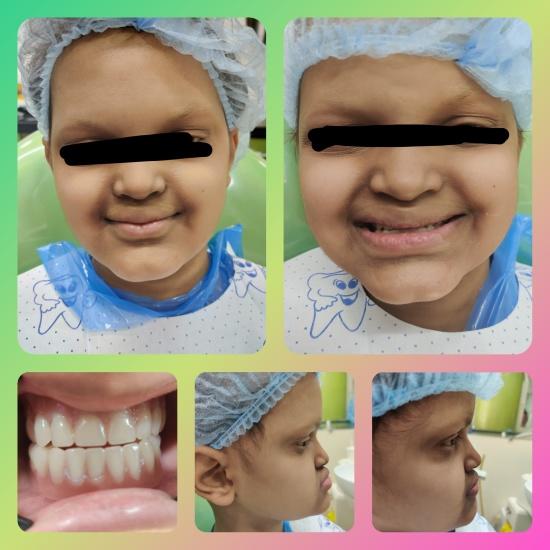
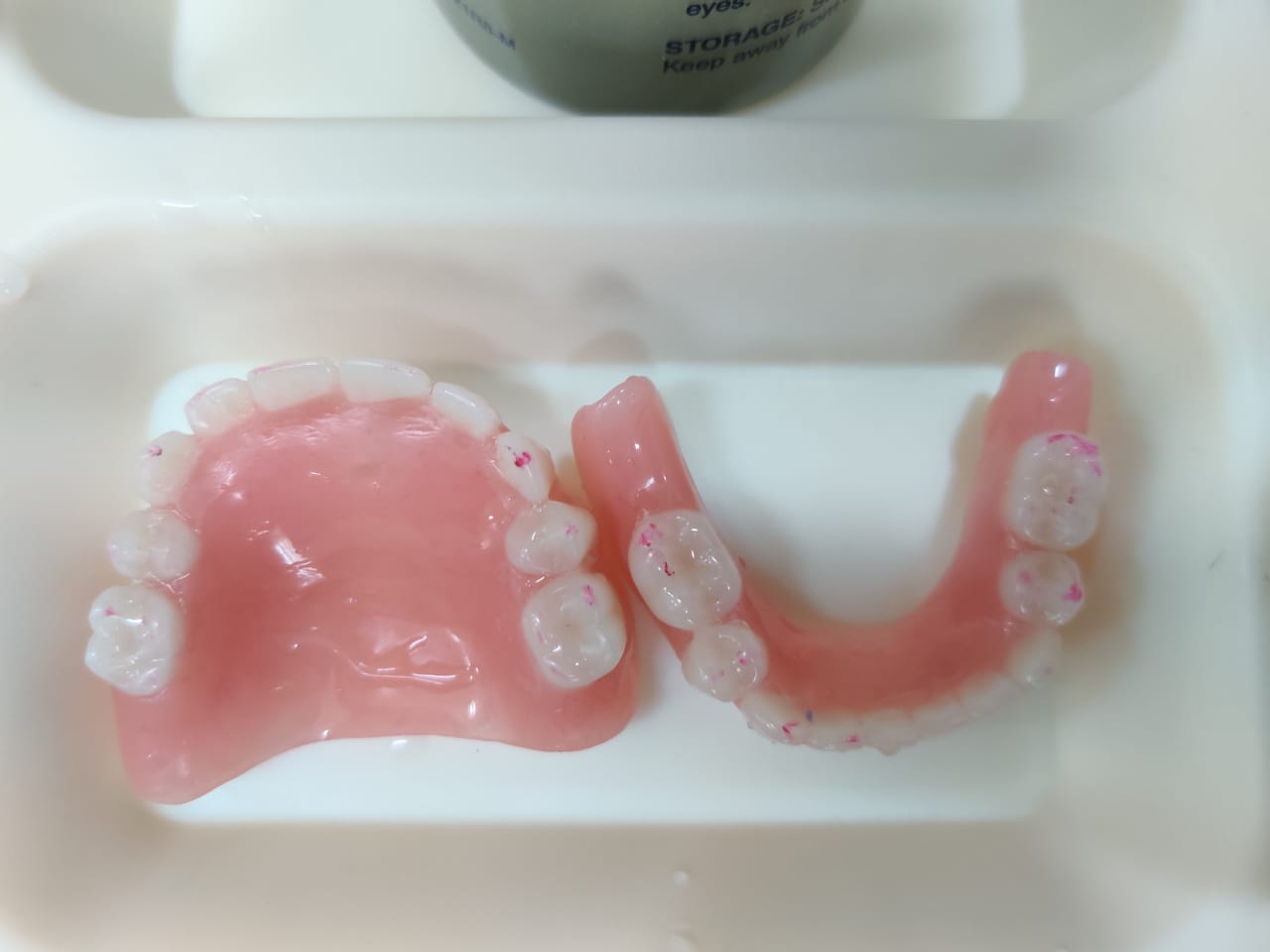
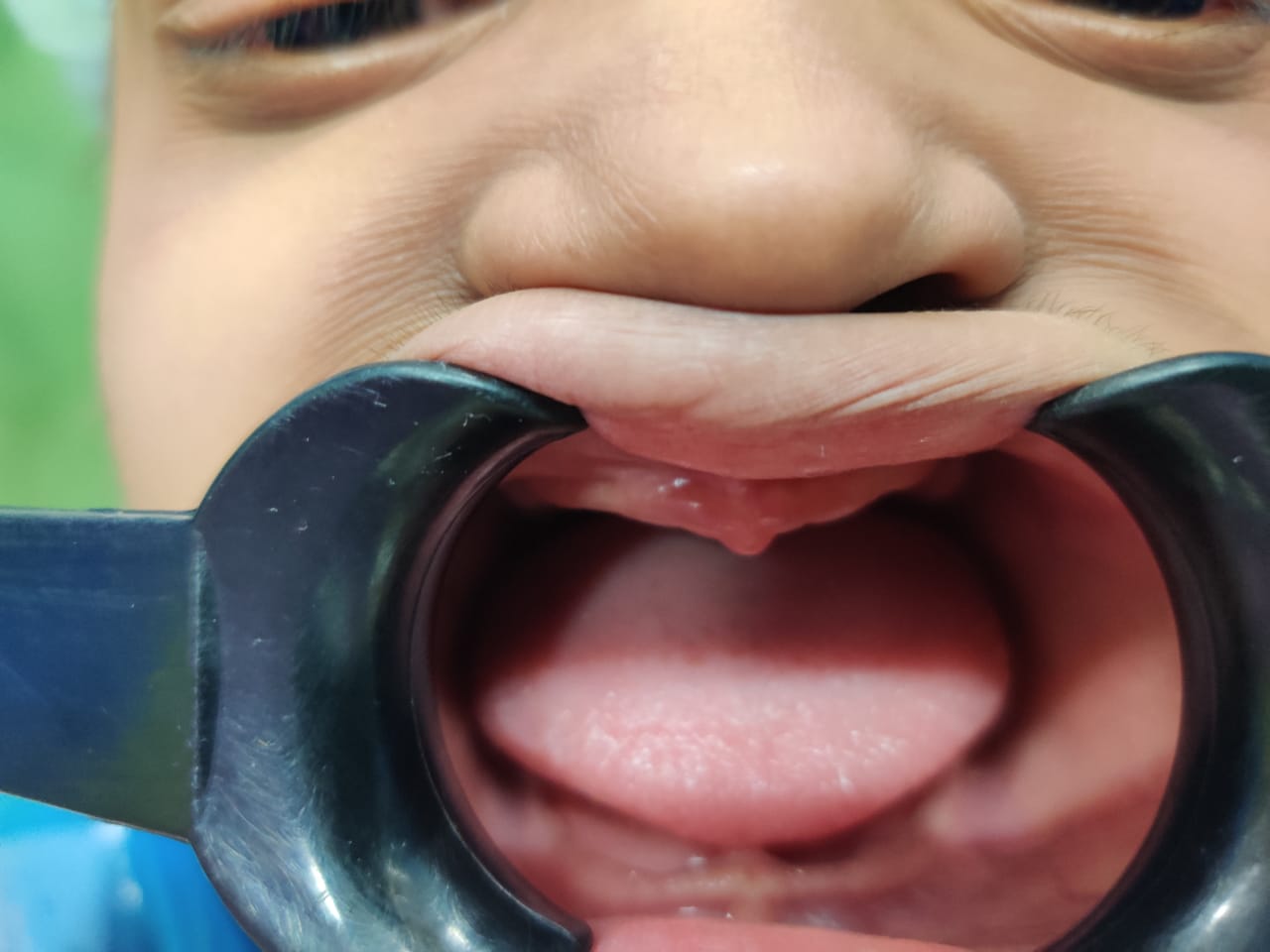
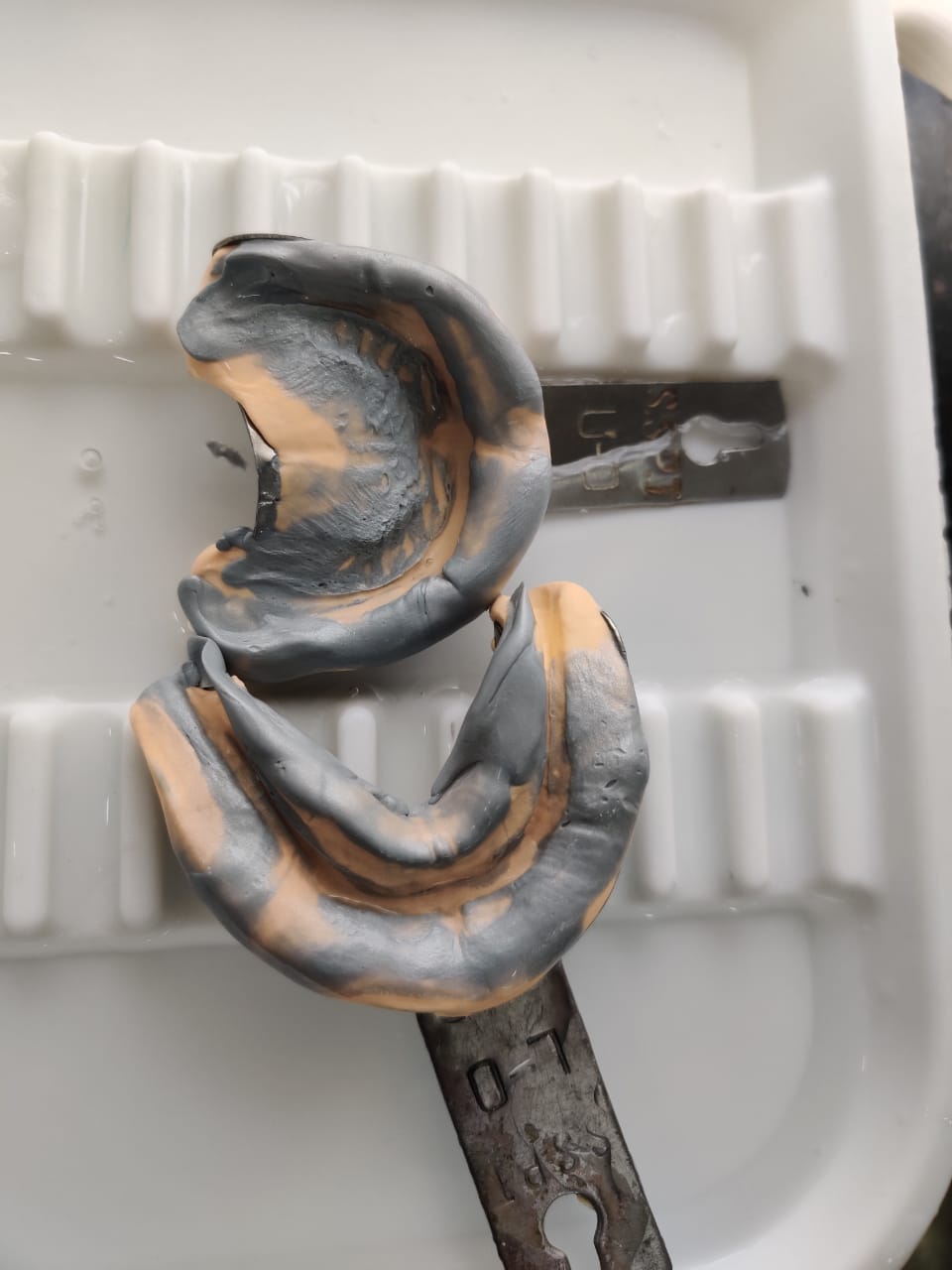

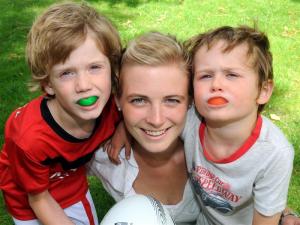
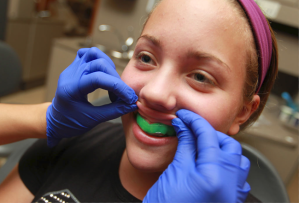
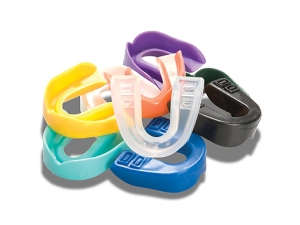
 So don’t stress every time your child goes out to play, just head over to Crown Corner and get the right type of sports guard for your child. It will keep that smile you love to see intact as you let them continue to pursue their favourite sport.
So don’t stress every time your child goes out to play, just head over to Crown Corner and get the right type of sports guard for your child. It will keep that smile you love to see intact as you let them continue to pursue their favourite sport.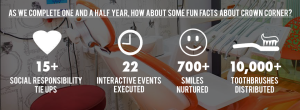
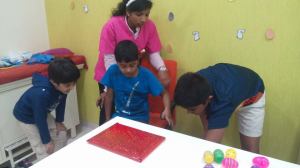
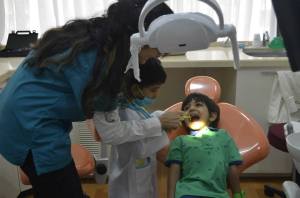
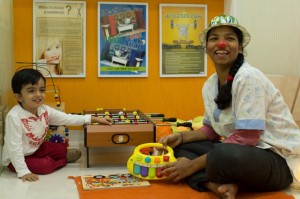
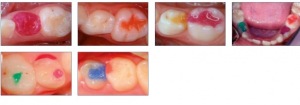
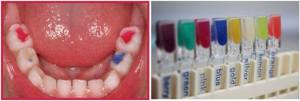 y to take part in the procedure that makes the nervous count of the child much lesser than the usual. In order to give the children a better idea of what a tooth with a colored filling looks like, and to make it easier for them to choose, a color palette would be available to them to pick their favourite shade. Some of the materials have glitters and sparkles as well, which means there’s a wide range of fillings to choose from.
y to take part in the procedure that makes the nervous count of the child much lesser than the usual. In order to give the children a better idea of what a tooth with a colored filling looks like, and to make it easier for them to choose, a color palette would be available to them to pick their favourite shade. Some of the materials have glitters and sparkles as well, which means there’s a wide range of fillings to choose from.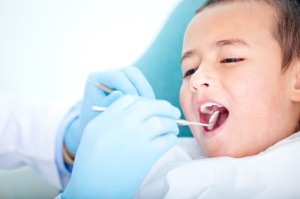



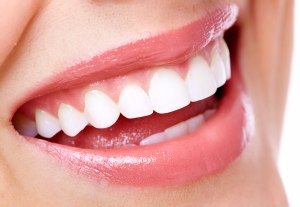 Our Advice: While over-the-counter tooth whitening products are available, dentist-supervised tooth whitening remains the safest, most effective method for brightening your smile. The safest way to work out if your teeth are suitable for whitening is to see your dentist first. Dentists are the only people trained and qualified to make an accurate assessment of your teeth and gums.
Our Advice: While over-the-counter tooth whitening products are available, dentist-supervised tooth whitening remains the safest, most effective method for brightening your smile. The safest way to work out if your teeth are suitable for whitening is to see your dentist first. Dentists are the only people trained and qualified to make an accurate assessment of your teeth and gums.